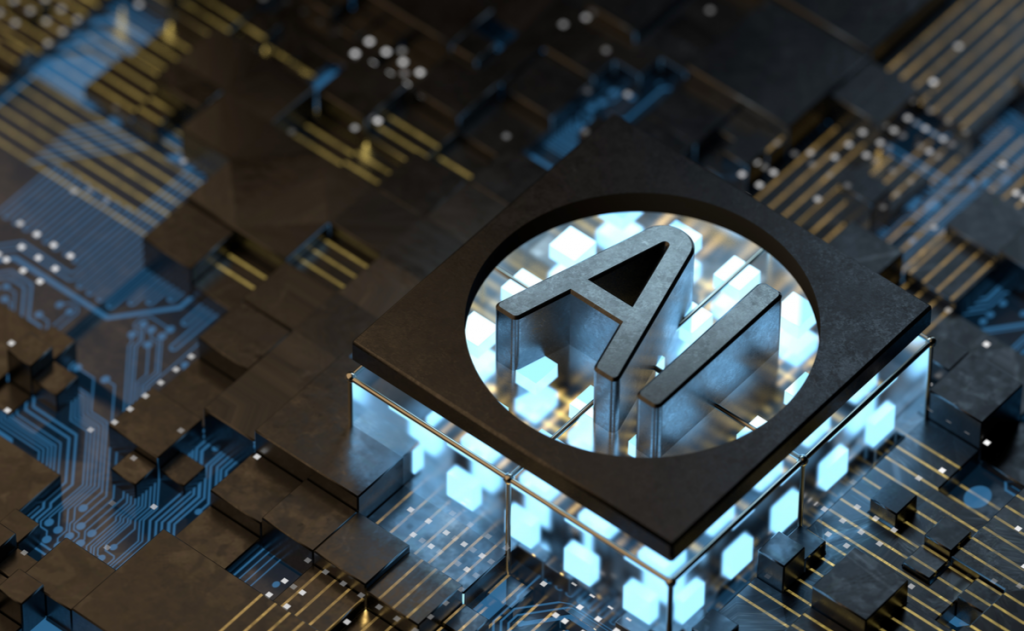Highlights –
- The Pathway solution allows multimodal models to work simultaneously, encompassing vision, auditory, and language understanding.
- Pathways leverage and add to existing skills so that the new tasks can be performed quickly and effectively.
- The new generation AI architecture can handle all types of different tasks, from simple to complex.
Alphabet, the parent company of Google, has introduced an Artificial Intelligence (AI)-based next-generation solution, Pathways. The new architecture combines the ability of multiple Machine Learning (ML) solutions and presents them on a single AI system.
According to Jeff Dean, SVP-Google Research and Health, Google Senior Fellow and Google’s head of AI, ML models are overspecialized at individual tasks and rely on one form of input. To segregate them at several levels, Google has built Pathways. This solution will empower a single AI system to generalize across millions of tasks, to understand different data types with higher efficiency. He explained that the solution is “advancing us from the era of single-purpose models that merely recognize patterns to one in which more general-purpose intelligent systems reflect a deeper understanding of our world and can adapt to new needs.”
Jeff Dean says, Pathways provides solutions for three critical limitations present in today’s AI models:
- AI models are specifically trained to do only one thing.
- AI models mainly focus on one sense.
- AI models are dense and inefficient.
The dean also expressed that today, AI systems are trained from scratch for newer problems, and the mathematical model’s parameters are initiated with random numbers. Each model trains – from nothing to do only one thing only, rather than extending the existing learning, which makes the process a lot more time consuming. Their solution pathways allow training a single model to do multiple things. The model can have different capabilities and can be stitched together to perform new and complex tasks. This, he claims is getting closer to the human brain.
The Pathway solution allows multimodal models to work simultaneously, encompassing vision, auditory, and language understanding. The announcement states that “Pathways could handle more abstract forms of data, helping find useful patterns that have eluded human scientists in complex systems such as climate dynamics.”
The next-generation AI Pathway includes a single model which is ‘sparsely’ activated. This means that tiny relevant pathways through the network can do the task rather than the entire system. With a larger capacity and a greater variety of jobs, such an architecture can be significantly faster and more energy efficient.
Pathways turned out to be the second solution from Google AI that allows multiple solutions to work together.
Earlier in the month, Google AI had introduced Task Affinity Grouping (TAG) method that helps sort which tasks need to be trained together in multi-task neural networks.





























































